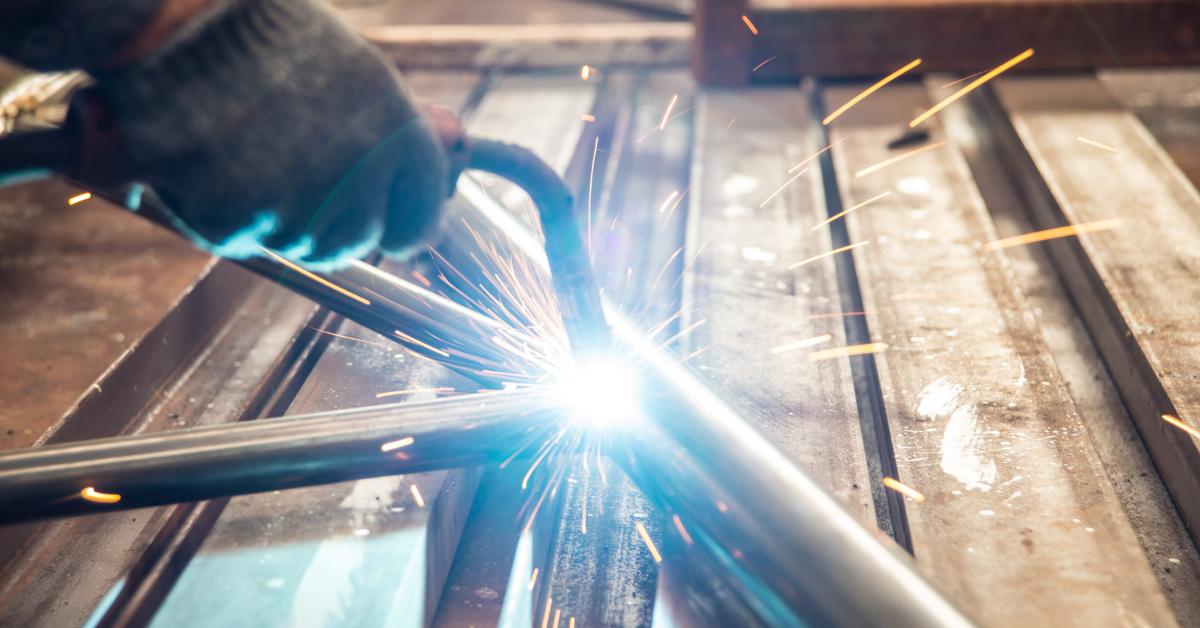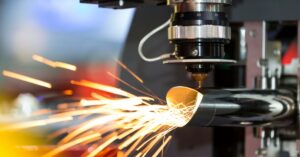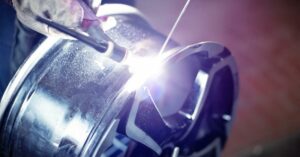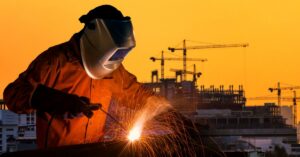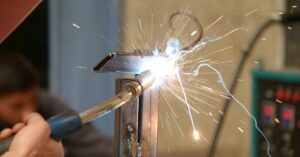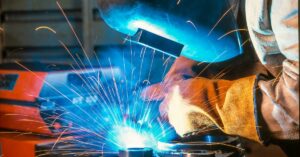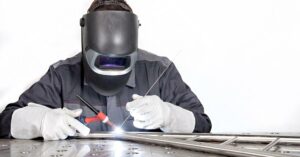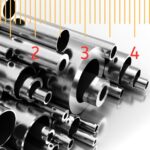Gas tungsten arc welding (GTAW) is an arc welding process that uses a tungsten electrode to produce the weld. It is also called tungsten inert gas (TIG) welding. It can be used on both aluminum and steel. However, aluminum gas welding is much harder than welding steel. There are a number of factors that make aluminum 10 times as harder to weld than steel; we will talk about them in detail here.
When aluminum gas welding there are certain things that must be in order. For example, the machine must be clean, its settings set appropriately, the tungsten electrode must be clean, length of the arc must be just right, torch angle and the filler rod angle must be perfect, you must use the right type of electrode and the arc length and size of electrode must also be ideal.
Also Read
A job with aluminum requires these factors to be pristine to a higher degree than does a job with steel. Just check out this list to know about where you can go wrong and what you should be more careful about:
- Aluminum that has been left outside is almost always heavily oxidized. Examples include boat dock ladders, boat propellers, etc. Before starting with the welding, you must clean it thoroughly; otherwise, it will weld like a firework on the 4th of July!
- The settings of the machine have to be correct too. Keep the high frequency switch at continuous and the machine should be set to run on alternating current. Otherwise, you will find your arc stuttering.
- With steel, you don’t need to adjust amperage much, but aluminum is different. The foot pedal that controls amperage will give you a good workout in aluminum gas welding. That’s because aluminum is a very good conductor of electricity, and it needs finer control over amperage to heat properly. Note that some TIG welders use the pedal to pulse the amperage to avoid heat buildup and get that stack of dimes look with their welding.
- Arc length should be more or less correct for welding steel, but for aluminum gas welding, the correct arc length is critical. If the arc is too long, the heat will disperse and won’t be pointed enough, contaminating your rod. If the length is too short, the metal might jump on you, making you wish you were somewhere else.
- A little bit of dirt on the electrode won’t matter much in the case of steel. But the same dirt while aluminum gas welding will make the weld sooty and you desperate to do better next time. Keep the metal and rod as clean as you can.
- The torch should not be tilted at an angle that is too obtuse. Too much of an angle will melt the filler rod’s tip and make a puddle out of the filler wire. This will happen during steel welding as well if you are not cautious with the angle, but to a lesser degree than in aluminum gas welding.
- The type of tungsten electrode you use matters a lot, too. This is especially true if you are welding with one of the newer types of TIG welder inverter. With these new types of TIG inverters, you should not use pure tungsten – otherwise, your welding machine may be damaged.
- Now, let’s move on to the size of the tungsten electrode. With steel, all you have to do is use a 3/32″ tungsten and keep using it. You can use it for almost any type of job, except to fix a razor blade, perhaps. Aluminum jobs require different rods depending on the thickness of the metal. 1/16″, 3/32″, and 1/8″ tungsten are some you should always keep within easy reach when working with aluminum, and be prepared to change your rods.
As you can see, aluminum gas welding just requires more care. Learn as much as you can about it and practice as often as you can. You can practice on real-world projects; for example, did you know an aluminum boat can be welded? You should also check out TIG welding aluminum.

